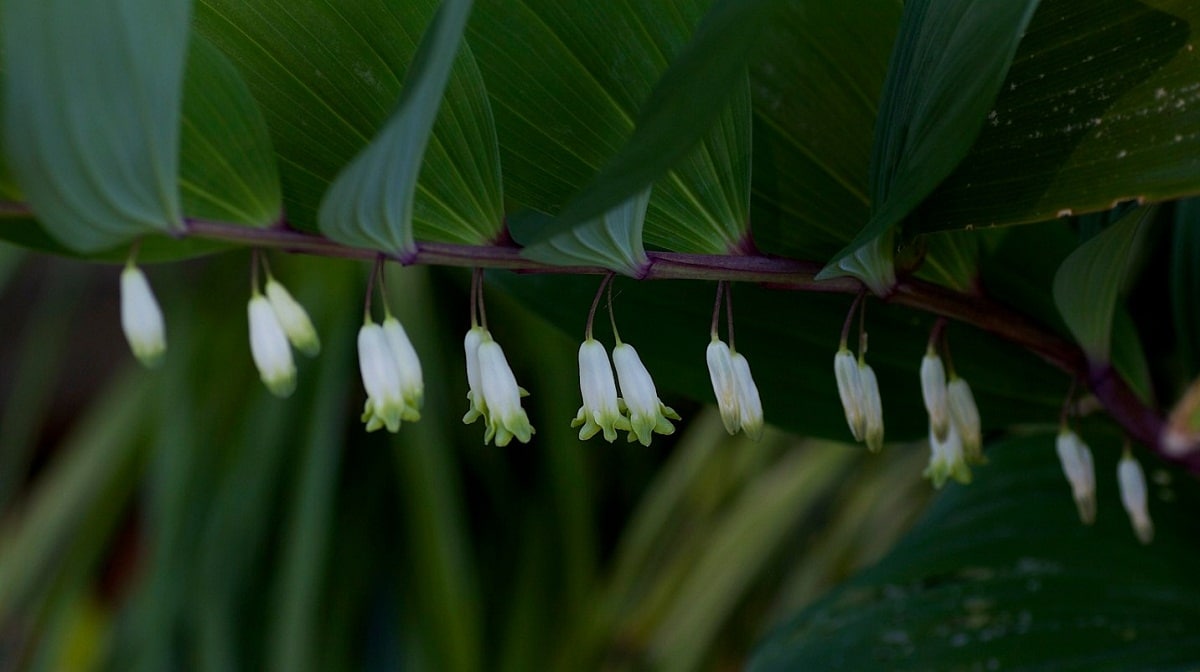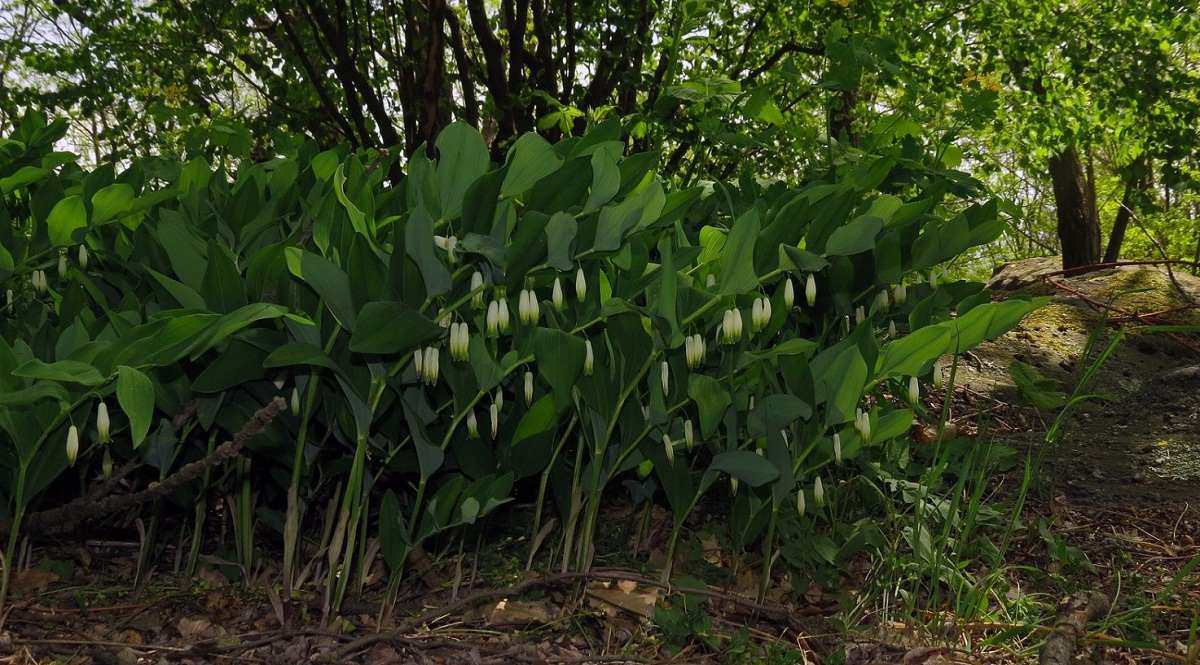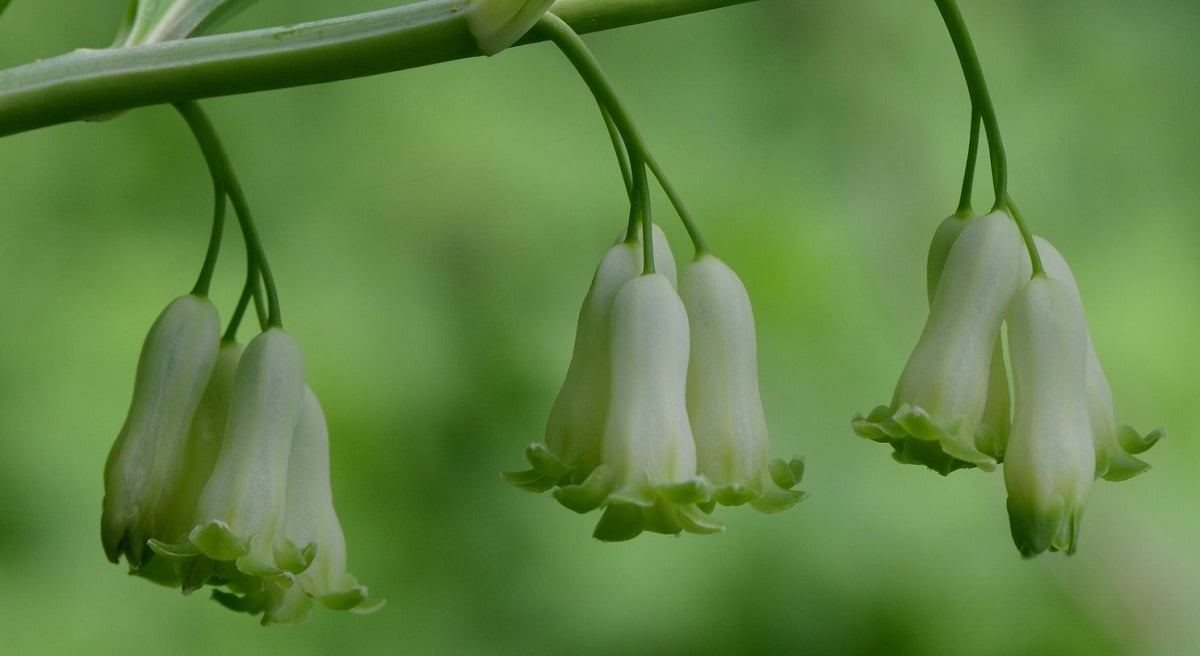
Today we give you the opportunity to a quite simple and peculiar plant that attracts a lot of attention thanks to its flowers that are surprisingly not as voluminous as you think. But even so, this species wins the hearts of many.
We are talking about the Polygonatum odoratum, a rather rare name for a plant that is too beautiful and worth having in a low or medium maintenance garden.
General data

One of the many common names that this plant has been given is polygonate, but it is also widely known as Solomon's seal, Santa Marta seal, David's tears or white solder. Everything will depend on the area in which you are.
Some of the countries where this plant is usually found are:
- Russia and Mongolia.
- China, Japan and Korea.
There are many others, but these are the main countries where they are usually grown and used for medical purposes and / or traditional home medicine. But if we go to the case, it is mainly seen in mountainous areas belonging to the European continent.
Something curious about this plant is that its growth is inclined forward and in the clusters or secondary stems, something that can be appreciated both the leaves and the flowers. The latter have the peculiarity of being looking down. That is why they have given it the name David's tears.
Besides being a decorative plant, it also has some interesting and beneficial uses for people. So stay until the end and discover the wonders of this plant.
Features Polygonatum odoratum
The development of this plant does not usually occur too deep. Their stem has an angular shape at the top and they are soft in appearance. The thickness of the stems is not very pronounced, so they are quite fragile.
The leaves of the polygonate are oval in shape and it can reach up to 10 cm long. Its arrangement is alternately and sitting, whose color of each leaf is light green, as if it were lettuce.
Moreover, the main attraction of the plant are its flowers. A cluster or stem derived from the main one can host up to 10 flowers, everything will depend on the extension of this. The longer the stem, the more flowers the plant will have in that area.
The measurements of these flowers are approximately 2 cm long and have a tubular shape. When they have not yet flowered, it has a shape very similar to a tear or drop of water. With regard to the flowering of the plant, this occurs in spring
Surprisingly for some the plant has the ability to produce a fruit. These fruits are a kind of very beautiful bluish-black berry that they manage to acquire once the berry has fully matured.
Uses

A rhizome can be extracted from the plant that can conveniently be collected at any time of the year. The reason is that it is not at all difficult for such a rhizome to be generated, which can be used for hydrolysis, glucose and get a little more fructose.
To be more specific, the part of the plant that can be used are only its roots and leaves. On the one hand, the roots can be harvested during the fall and once obtained, they are left to dry to be used later.
One of its main uses is as a poultice, which is an excellent way to speed up the healing process on the skin and also to eliminate bruises. It is even a very effective plant to remove spots that have appeared on the skin or in a specific area.
And although the plant can be used to prepare infusions, this should not be done except under the supervision of a specialist doctor. But as such, it is used as a diuretic, to combat arthritis, intestinal ailments, rheumatism and others. Simply a plant that can offer you everything in one.